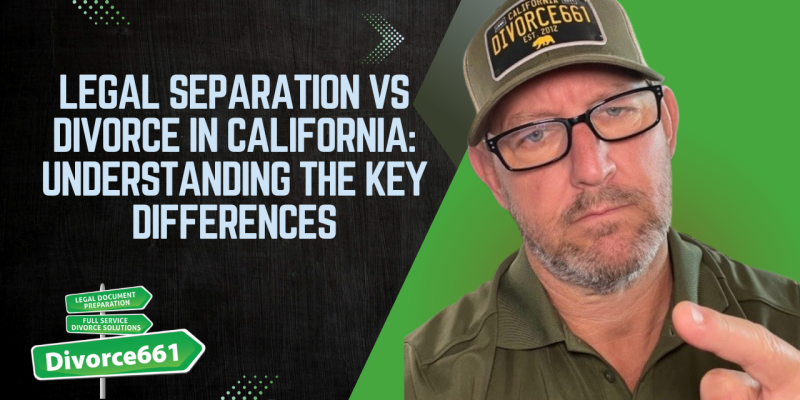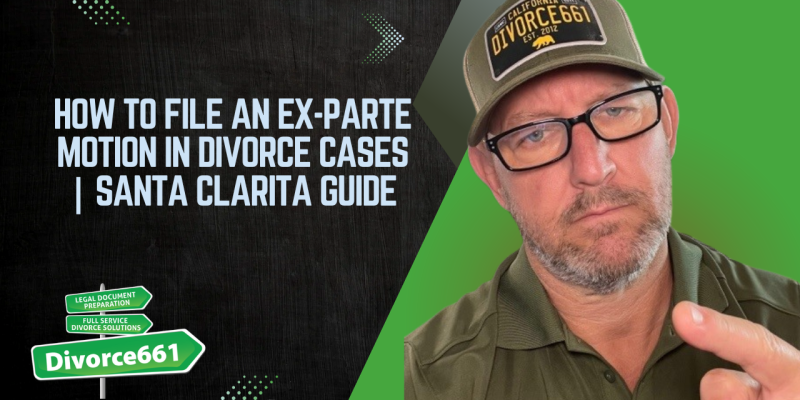Legal Separation Vs Divorce in California: Understanding the Key Differences
When navigating the complexities of ending or redefining a marriage, many individuals find themselves asking: What is the difference between legal separation and divorce? Tim Blankenship from Divorce661 breaks down these two legal processes and highlights the essential distinctions, especially within the context of California law.
Legal Separation and Divorce: The Procedural Similarities
From a procedural standpoint, legal separation and divorce in California are remarkably similar. Both processes follow nearly identical paths through the court system, involving the same paperwork, forms, and decisions. Whether you’re going through a divorce or a legal separation, you will address the same critical issues, including:
- Custody arrangements for children
- Child and spousal support
- Division of property and assets
In essence, the legal steps required to resolve these matters do not differ between the two options. This means that the complexity, documentation, and court involvement are largely the same regardless of whether you choose to divorce or legally separate.
The Core Differences Between Legal Separation and Divorce
Despite the procedural similarities, the fundamental distinction lies in the outcome of the case:
- Legal Separation: When a legal separation is finalized, the couple remains legally married. They are living apart and have legally defined responsibilities and rights, but the marriage itself is not dissolved.
- Divorce: A divorce legally ends the marriage, allowing both parties to remarry if they choose.
No Waiting Period for Legal Separation
One practical advantage of legal separation is that it does not require the mandatory six-month waiting period that California law imposes on divorces. This means a legal separation can be completed more quickly, which can be beneficial for couples seeking to resolve their issues promptly without dissolving the marriage.
Why Choose Legal Separation?
Legal separation may be a preferred option for individuals who, for personal, financial, or religious reasons, do not want a divorce but still need legal clarity on matters such as custody or support. It provides a formal structure for separation while maintaining the legal bond of marriage.
Summary
In summary, legal separation and divorce in California share the same legal process and address the same issues. The key differences are that legal separation leaves the marriage intact and can be finalized more quickly due to the absence of a waiting period. Understanding these distinctions can help couples make informed decisions that best fit their unique circumstances.
If you’re considering either option, it’s important to consult with a knowledgeable family law professional who can guide you through the process and help you understand the implications of each choice.
— Tim Blankenship, Divorce661










